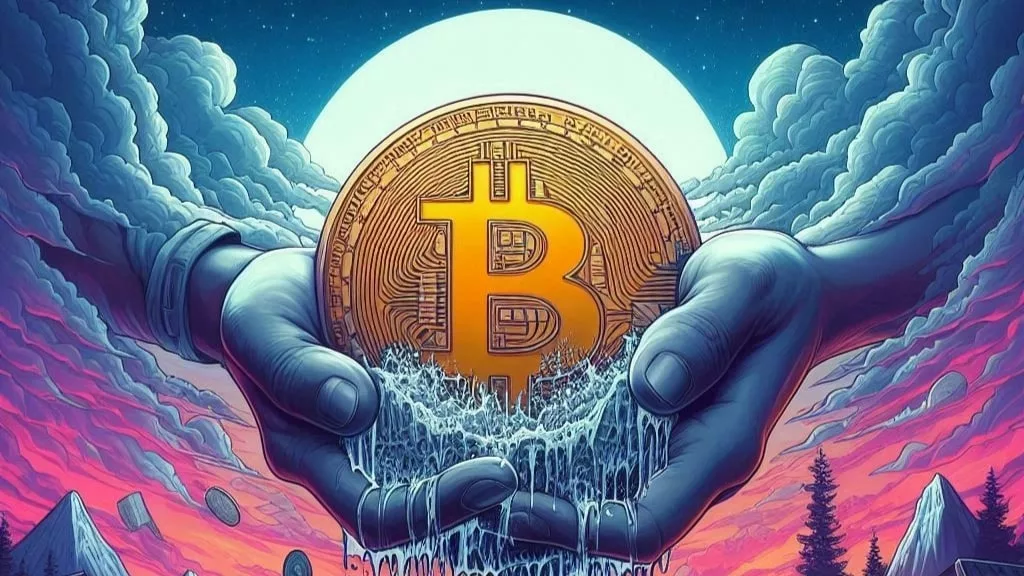
Block.one have introduced a proposal for a new resource model on EOS. They are calling it EOS PowerUp Model, updated with feedback and now ready for the community to transition.
Reportedly, more than 250+ individuals and 40+ Block Producer candidates have contributed to making the PowerUp Model stronger and more aligned with users.
This model focuses on improving the resource management on the EOSIO public chains, particularly the EOS Public Blockchain. The overwhelmingly positive feedback led the model to be named as the EOS PowerUp Model.
With the proposed model, a user will be able to pay a fee and power up their account for 24 hours to transact on the network. Also, the EOS token holders will be able to deposit the unused EOS tokens to receive a percentage from the power up fees generated by the entire network.
The testing program is now complete and the EOS community are invited to drive the deployment and adoption of the EOS PowerUp Model for the EOS Public Blockchain.
EOSIO blockchain came in to existence a lot to function like Ethereum. They were trying to address the regular issues faced in the blockchain networks like speed, scalability, and flexibility. Just like Ethereum, EOS also supports smart contracts which also provide for industrial decentralized apps which are able to scale, thus making possible free transactions with high transaction throughput and improved performance.
When EOSIO launched their ICO in 2017, they ran their offering a bit different than most of the other blockchains. Their ICO ran for nearly a full year. Nearly 20% of their tokens were distributed across 5 days. The remaining 70% was distributed over the rest of the year. The rest of the 10% was kept in Escrow as reserves. Thus, the EOS raised 4 billion in ICO. The EOS blockchain went live in June 2018. Then, it was the fifth largest token on the market with a market cap of 13 billion.
EOS depends upon delegated proof of stakes (DPOS) consensus. Users choose 21 block producers, who participate in governance decisions to process transactions. For clarity, block producers in the EOS are companies who have the capacity to provide computer resources and consistent uptime. Good block producers earn rewards and those who are not reliable fall from rankings.
To use the network, the developers should hold the EOS coins and they can further build and run the Dapps. Alternatively, anyone who are holding EOS coins will be able to allocate their tokens to other users. The EOS protocol itself can be compared to the operating system of the computer as it manages and controls the blockchain network.


Get the latest Crypto & Blockchain News in your inbox.